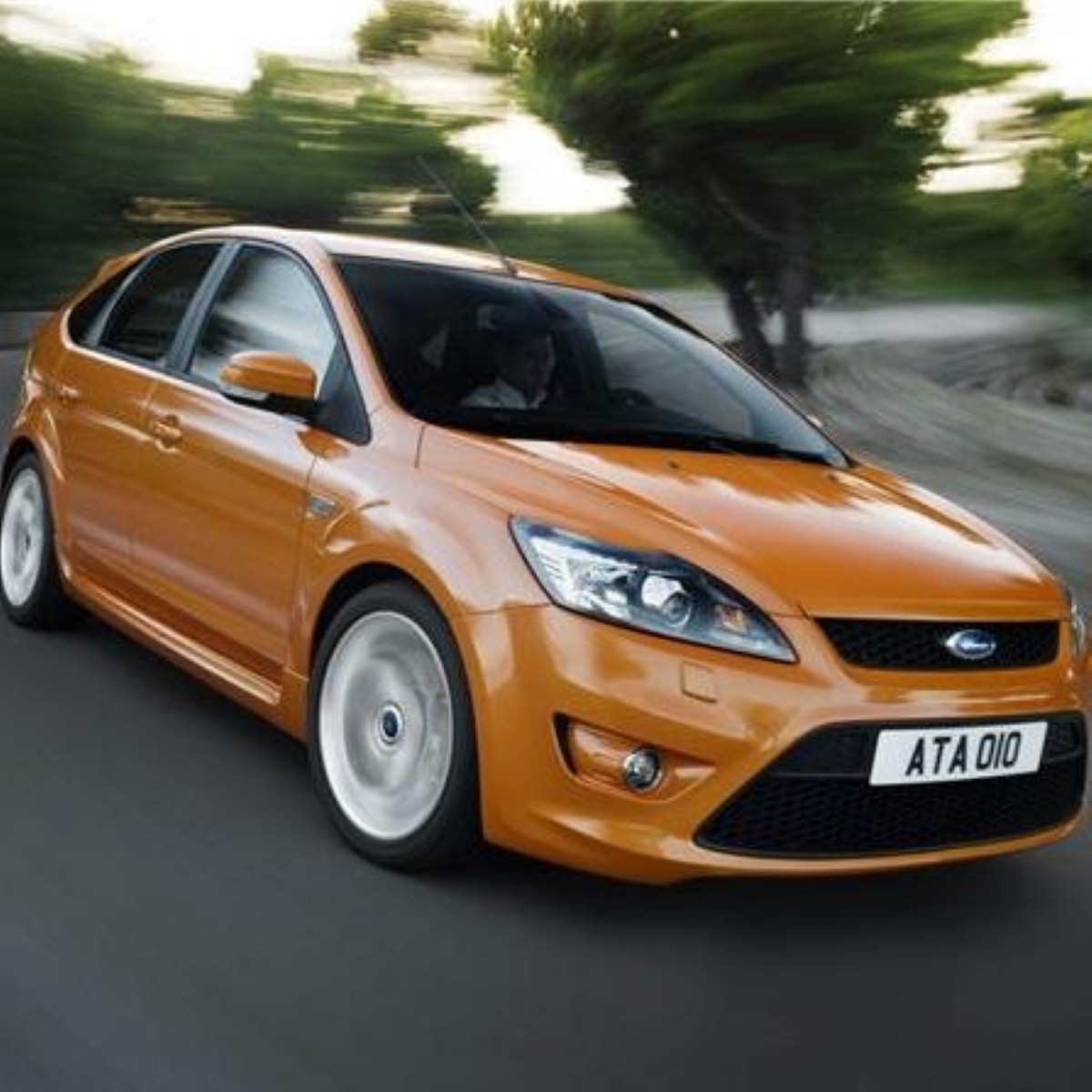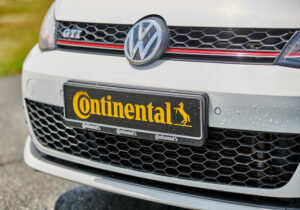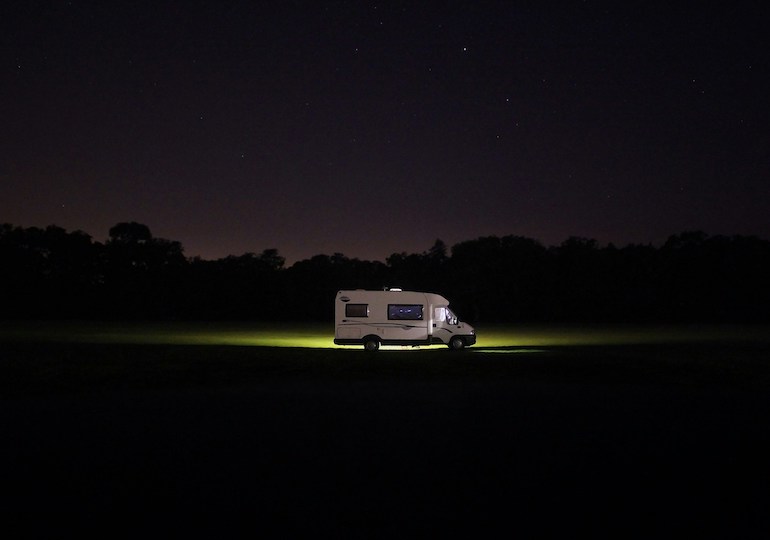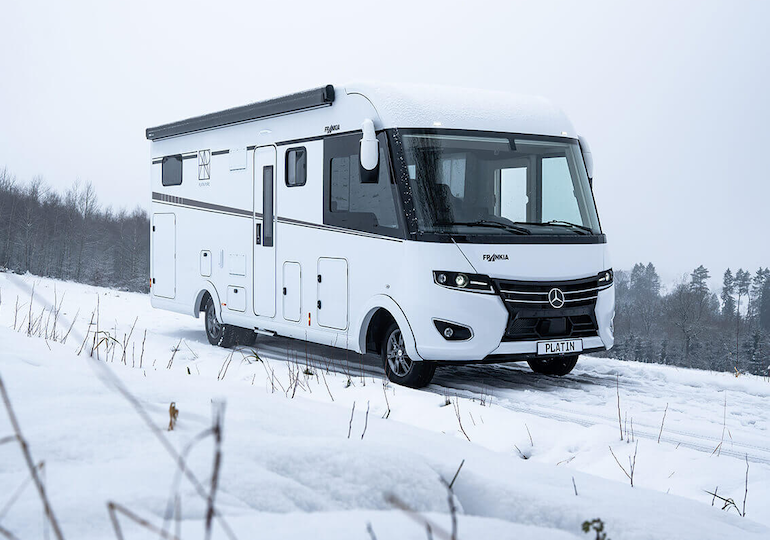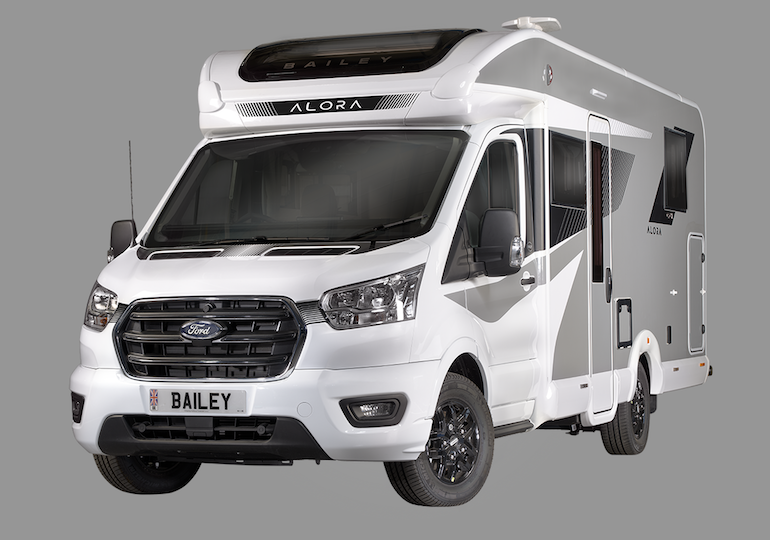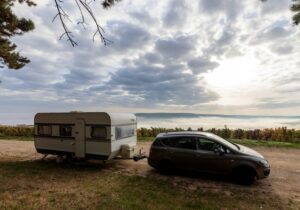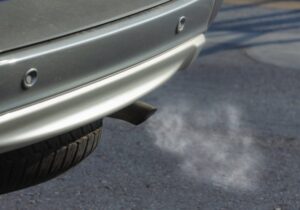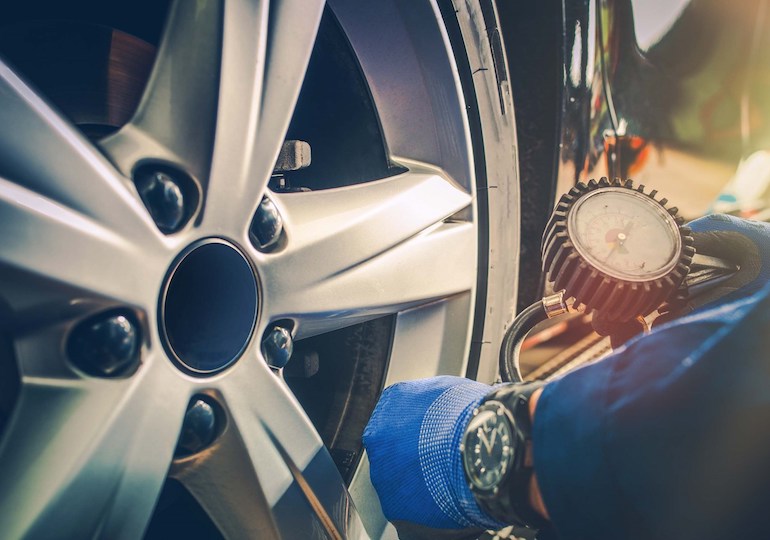Every so often in the motoring industry a car comes along which changes everything and becomes the benchmark for its sector. Nearly forty years ago the Volkswagen Golf established itself as the reference car which started the small hatchback class. In the early nineties it was the Ford Mondeo which redefined the family saloon car with impressive driving characteristics. But back in 1998 it was another Ford which caused a wave of interest with its grin-inducing handling.
The Mark 1 Ford Focus was the much-needed replacement for the ageing Escort. Yet following a best seller is always a tough act. What the Focus achieved however was a revolution in every aspect of the small hatchback. The sharp angular lines of Ford’s “New Edge” design still look fresh today, while the neatly styled interior was a welcome upgrade. And where the Focus really came alive was on the road, firmly becoming the driver’s favourite with a well-balanced ride and terrific handling.
With the second generation a best-seller the Blue Oval design team faced the toughest of tasks to improve this model. We take a look at the Mark III Focus to see what’s new.
Leaner, greener, meaner
To stay on top of the pile this new Focus has been completely revamped from the chassis to the design and interior. A raft of 21st century technology aims to keep driver and passengers safer than ever, and Ford has made great strides in improving the environmental credentials. The new Ecoboost units are notably frugal compared to past models, and use turbocharged petrol engines to get the most out of performance and at the pumps.

With two versions of the 1.6 engine available, both models return an impressive 47 mpg. Any difference in performance is marginal, with the 180 bhp taking seven-tenths of a second less to reach 62mph than the 148 bhp version. Although these are impressive, we recommend avoiding the base 1.6 petrol or 94bhp turbodiesel which lack enough punch for our purpose. Far better options for towing are the 113 bhp 1.6 and the 2.0 turbodiesel, both of which offer greater torque and power.
But it’s the EcoMode function that will interest those hoping to save money (and the planet). It’s a software tool which helps owners improve fuel efficiency through prompts and hints on driving style. A screen on the instrument cluster displays hints and reminders to reduce fuel consumption and save you money.
Hands-off driving?

The driverless car may still be the stuff of science-fiction, but the geeks at Ford have tried their utmost on the new Focus to bring us a step closer. Choose the “Driver Assistance Pack” (£750) and the car can automatically apply the brakes to prevent low speed accidents. Meanwhile a radar scanner on the rear-view mirror will look ahead for obstacles, and once again apply the brakes accordingly.
The headline feature is the Focus’ ability to actually steer by itself. A camera which can read road signs looks at the markings on the road ahead, and can detect if the car veers outside the white lines. So if you’re not indicating or turning the wheel to change course, then the Focus applies the brakes and pulls you back in.
At this point you might be forgiven for worrying whether the keen driving characteristics of the Focus have disappeared entirely. Thankfully the Focus is still as fun as ever, but with a far more assured feel than the nippy hatch of old. While the first generation changed the small hatch segment, this Mark III feels like the strongest challenge yet to another seminal car: the Volkswagen Golf.

